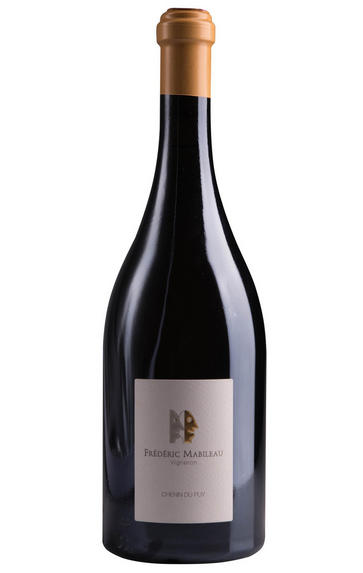
About this WINE
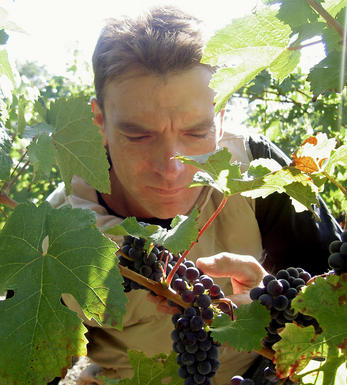
Frédéric Mabileau
Situated in the village of Saint-Nicolas-De-Bourgueil, Domaine Frédéric Mabileau is a byword for biodynamic and organic viticulture. The estate was created by Frédéric and his wife Nathalie when they struck out separately from Frédéric’s parents in 1991. Beginning with just 3 hectares of rented vines, the couple built up the estate over several decades until the tragic death of Frédéric on the eve of the 2020 harvest.
The locals rallied around to help with picking that vintage, and his sons – Rémy, who had been working by his side for several years, and Charly, who was running a restaurant in Bordeaux – along with Frédéric’s wife, Nathalie, took over the reins permanently. The spirit of Frédéric’s inexhaustible enthusiasm for experimentation and progressiveness lives on. For Frédéric, the choice to farm biodynamically was not an end; instead, it allowed the wines to reflect the terroir more effectively.
This also meant no yeasts were added in the cellar, relying only on naturally occurring yeasts to start fermentation. In their view, this enhances the “sense of place” of these wines. New parcels have recently been added to bring the holdings to 35 hectares, of which 11 are in Anjou and 24 in Saint-Nicolas and Bourgueil. An ambitious new cellar project was completed in 2020, along with an on-site restaurant, Chez Odette, run by Charly.
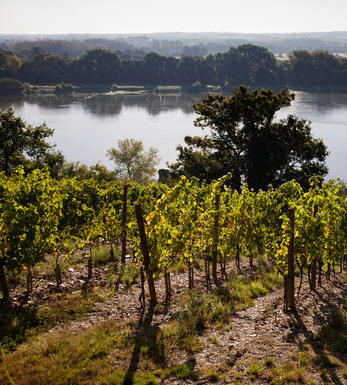
Saumur-Champigny
The Saumur-Champigny wine region is located in the Loire Valley of France, specifically within the Anjou-Saumur area. It is renowned for producing high-quality red wines from Cabernet Franc and has held the prestigious designation of an Appellation d'Origine Contrôlée (AOC) since 1957.
Geographically, the region is situated on the banks of the Loire River, characterized by a diverse terroir that contributes to the unique characteristics of its wines. The vines benefit from a temperate climate influenced by the river, with warm summers and mild winters. The surrounding landscape features limestone slopes and a mix of clay, gravel, and sand soils, providing excellent drainage and ideal conditions for grape cultivation.
The dominant grape variety in Saumur-Champigny is Cabernet Franc, known locally as "Breton." It thrives in the region's terroir and produces red wines renowned for their elegance, finesse, and aromatic complexity. Cabernet Franc from Saumur-Champigny is typically characterized by its vibrant red fruit flavors, including raspberry, red currant, and cherry, along with herbal and floral notes such as violet and graphite.
Winemaking in Saumur-Champigny emphasizes the expression of the grape variety and the unique terroir. Vineyard practices include meticulous grape selection, manual harvesting, and sustainable viticultural techniques. Many producers are also adopting organic and biodynamic farming methods to enhance the quality and authenticity of the wines.
Saumur-Champigny wines are typically aged in various vessels, including stainless steel tanks, oak barrels, or a combination, depending on the winemaker's preferences. The aging process allows the wines to develop further complexity and refine their structure.
These red wines are celebrated for versatility, making them suitable for immediate consumption and aging, and they pair well with various dishes, including roasted meats, game, charcuterie, and cheeses.
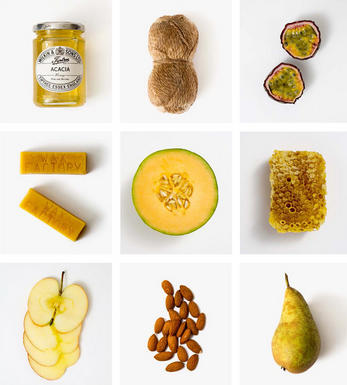
Chenin Blanc
Chenin Blanc is an important white grape variety planted in the Anjou-Saumur and Touraine regions of the Loire Valley and the most widely planted varietal grape in South Africa.
In the Loire it produces high quality dry wines in Savenniéres, and luscious sweet, dessert wines in Coteaux du Layon, Bonnezeaux and Quarts de Chaume. In Vouvray and Montlouis it can be dry, medium dry, or sweet, and still or sparkling. Whether dry or sweet, the best Loire Chenin Blancs possess marvellously concentrated rich, honeyed fruit together with refreshingly vibrant acidity. It is Chenin Blanc's high acidity that enable the wines to age so well.
In South Africa Chenin Blanc is easier to grow and is prized for its versatility. It is used as a cheap blending option with Chardonnay, Colombard, and Muscat but also bottled unblended. The best producers keep their yields low and produce impressive mouthfilling wines.


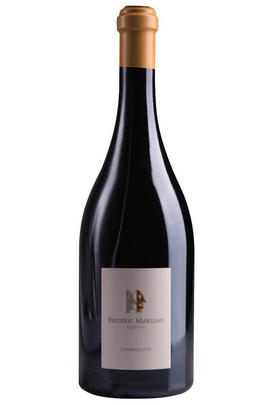
Buying options
Add to wishlist
Description
A marvellous, sui generis wine from one of the Loire Valley’s most forward-thinking winemakers, Frédéric Mabileau. It hails from a single, one-hectare parcel of vines (around 50 years old) at the base of a hill near the village of Puy Notre Dame. The vines are south-facing and ripen quickly, giving rise to a rich, concentrated wine, which Frédéric ages for a year in new 600-litre barrels. Nonetheless, Chenin Blanc’s hallmark high acidity provides balance, making this fresh and moreish, not to mention age-worthy. Drink now to 2023.
Will Heslop, Burgundy Buying Assistant (summer 2019)
wine at a glance
Delivery and quality guarantee